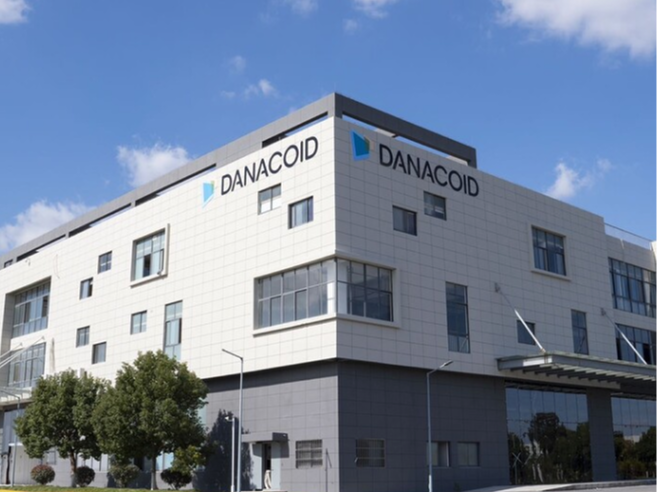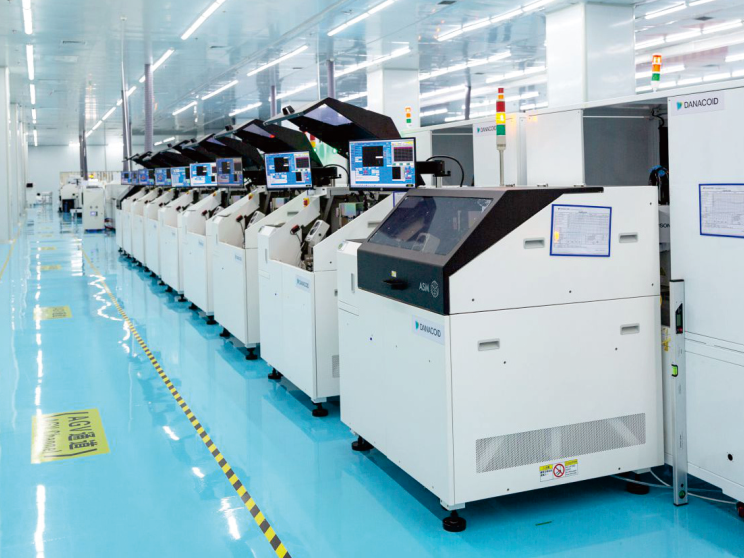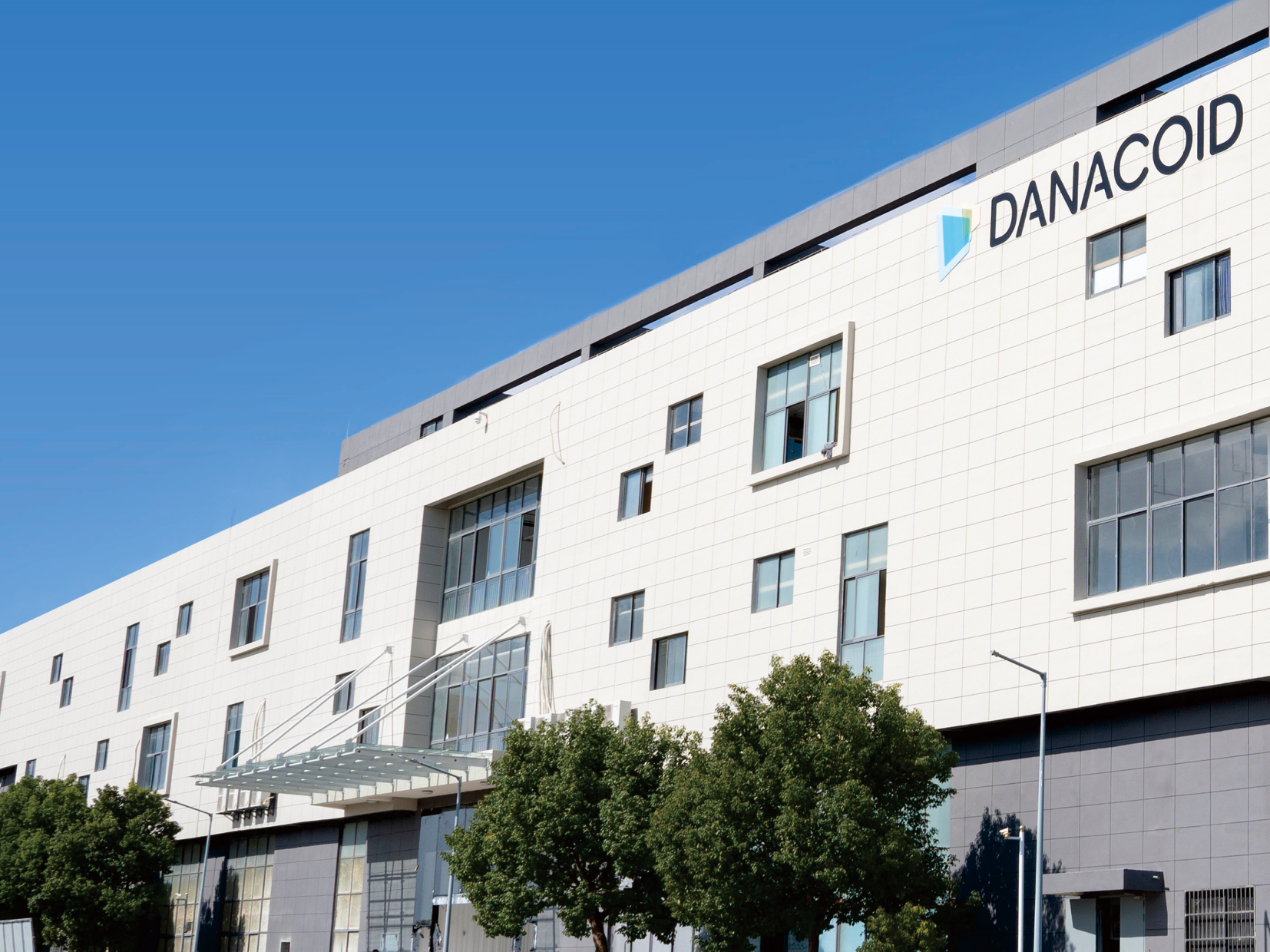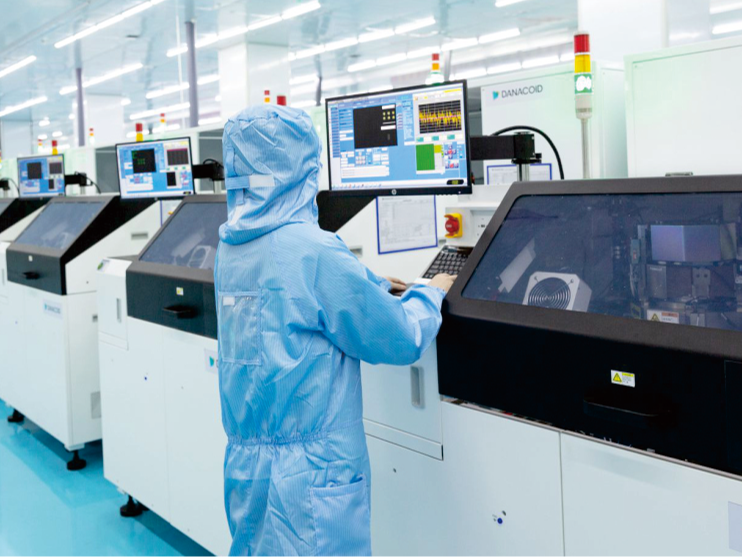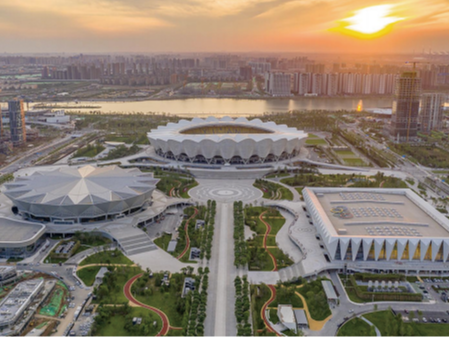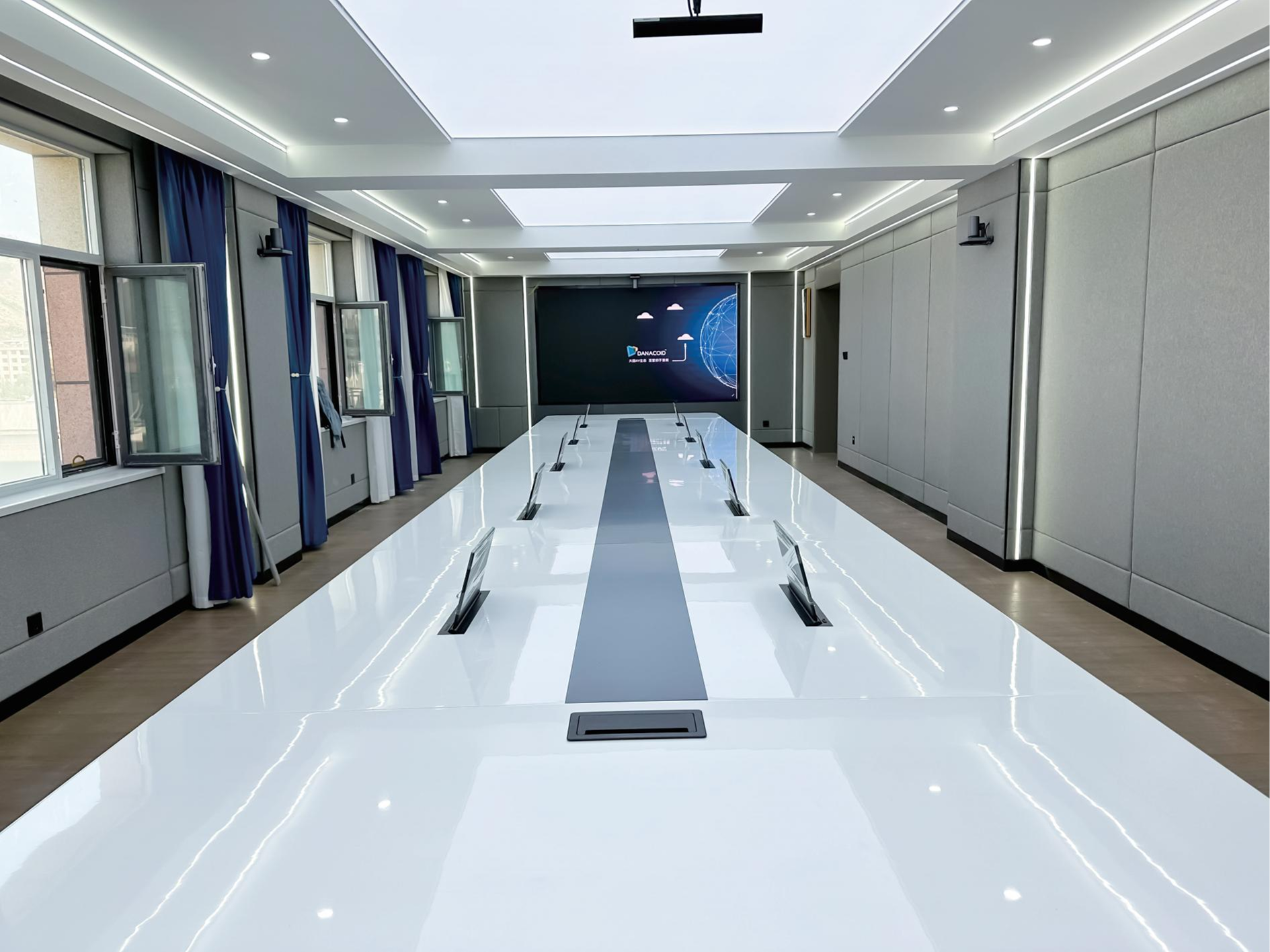Ymmärrys ultrapehmeistä LED-näytöistä
Määritelmä ja ydinominaisuudet ultrapehmeistä LED-näytöistä
Erittäin ohuet LED-näytöt ovat tällä hetkellä LED-näyttöteknologian kärkisijoilla ja niitä käytetään laajasti erilaisten sisältöjen näyttämiseen kuluttajille. Näiden näyttötyyppien tunnusmerkkejä ovat niiden ohut profiili, joka on ohuempi kuin mitä markkinoilla yleensä on saatavilla valmistusprosessien ansiosta. Lisäksi erityisistä kevyistä materiaaleista valmistettu rakenne korkeaan resoluutioon varmistaa, että näkyvyys on korkealaatuista. Ne ovat kevyempiä ja pienempiä, mikä takaa helpomman siirron ja asennuksen sekä henkilökohtaiseen että kaupalliseen käyttöön. Niissä on myös erilaisia moduuleja, joiden ansiosta valmistajat voivat yhdistää niitä eri kokoisiksi ja muotoisiksi vastaamaan eri markkinoiden tarpeita. Tämä monikäyttöisyys mahdollistaa sulavan visuaalisen ilmeen, joka varmistaa, että näyttötila on esteettisesti vievä ja toimiva.
Mitä eroavat perinteisistä LED:näytöistä Ratkaisut
Erittäin ohuet LED-näytöt ovat täysin uuden sukupolven näyttöjä perinteisiin LED-näyttöihin verrattuna, pääasiassa niiden ohuen muotoilun ansiosta, joka mahdollistaa tilan säästämisen asennuksessa. Näitä erittäin ohuita näyttöjä voidaan asentaa tiukkoihin tiloihin tinkimättä kuitenkaan HD-laadusta. Ne sisältävät edistynyttä teknologiaa väritarkkuuden ja katselukulmien parantamiseksi, jolloin saadaan selkeämpi ja vaikuttavampi kuvaruutu. Tutkimukset ovat jatkuvasti osoittaneet, että ultranohuilla LED-näytöillä on huomattava joustavuus, joten niitä voidaan käyttää monien laitteiden kanssa, mikä ei ole mahdollista perinteisillä LED-näytöillä. Tämä joustavuus muuttaa peliä ja avaa vielä laajemman sovellusalueen LED-teknologialle eri teollisuudenaloilla ja sovelluksissa.
Ultrapohjaisien LED-näyttöjen keskeiset edut
Ohukas muoto ja tilan tehokkuus
Ultraohut LED-näytöt erottuvat kaikkein yhden edun vuoksi, joka on niiden ohuus. Tämä ominaisuus on etu, koska näyttöjen ansiosta ne voidaan asentaa paikkoihin, joihin tavallinen näyttö ei sovi lekeytensä vuoksi. Etu on arvokas kaupunkialueilla, joissa jokainen sentti metrin leveydestä lasketaan. Sisätiloissa arkkitehdit ja sisustussuunnittelijat käyttävät näyttöjä luomaan laajenevia ja visuaalisesti miellyttäviä tiloja käyttäen vähiten ilmeisiä resursseja, kuten katto- ja seinäpintoja. Ultraohuiden näyttöjen suunnittelu on tilatehokasta, olipa se sitten elektronisessa järjestelmässä tai kotidekoroinnissa; näin ollen se parantaa toiminnallisuutta ja tyyliä.
Energiatehokkuus ja kirkkausSuorituskyky
Lomapäätteen LED-näyttö on energiatehokkaampi ja ympäristöystävällisempi, se tarjoaa paremman kuvanlaadun ja visuaalisen kokemuksen. Tutkimukset osoittavat, että näillä näytöillä voidaan säästää jopa 40 % energiakustannuksista verrattuna perinteisiin vaihtoehtoihin. Kirkkautensa ansiosta sitä voidaan käyttää tehokkaasti erilaisissa valaistusolosuhteissa sekä sisä- että ulkotiloissa. Tehokkuuden ja kirkkautta tasapaino vastaa nykypäivän teknologiassa kasvavaa ympäristövastuullisuuden tarvetta.
Modernit sovellukset kulutus elektroniikassa
Älypuhelimet ja kantotehdaslaitteet
Ultranohilla LED-näytöillä on ollut merkittävä vaikutus älypuhelinten valmistukseen, jolloin tilavuuden ongelma on saatu ratkaistua. Ultranohemat LED-valaistus on mahdollistanut kevyemmän ja kätevämmän puhelinkokonaisuuden sekä värityksellisemmän näytön, joka esittää vilkkaita värjäyksiä. Innovatiivisuus on nostanut kuluttajan kokemusta uudelle tasolle, kun maailmanlaajuiset visiot ovat häipyneet uskomattoman toteutumisen myötä. Käyttölaitteet ovat hyödyntäneet tätä kehitystä ja parantaneet ergonomiaa samalla kun ne perustuvat pienempään pinta-alaan uusien suuntien avaamiseksi. Tämä innovaatio on lisännyt markkinoiden kysyntää, kun kuluttajien kiinnostus esteettisiin laiteliitteisiin herättää toiminnallisuuden merkityksen.
Seuraava sukupolvi televisio ja Koti Viihde
Erittäin ohutta LED-teknologiaa hyödynnetään kotiavustuksessa suunniteltaessa äärimmäisen korkean resoluution näyttöjä, jotka tarjoavat katsojalle syvemman kokemuksen. Parhaiden kuvanlaatuominaisuuksien ja älykkäiden yhteysvaihtoehtojen ansiosta nämä seuraavan sukupolven televisiot määrittelevät uudelleen, kuinka viihdytään kotona. Tutkimukset paljastavat, että erittäin ohuiden TV-televisioiden kysyntä on kasvussa – kuluttajat etsivät eleganttia kodin muotoilua ja tilaa säästäviä ratkaisuja. Näin ollen nämä edistysaskeleet ovat parantaneet paitsi katselukokemusta myös modernien muotoilujen esteettisyyttä, mikä on johtanut kehittyneempien kotiavustusratkaisujen nousuun.
Kaupalliset ja teolliset käyttötapahtumat
Digitaalinen mainonta ja myyntipisteiden näytöt
Kaupan ympäristössä ultranohuet LED-näytöt, joihin on yhdistetty värikästä mainontaa, tarjoavat jännittävän mahdollisuuden luoda tehokkaampaa asiakasläsnäisyyttä. Näytöt ovat tietysti huipputeknologiaa ja ne kiinnittävät katseita, mutta niiden tehokkuus on myös tilastoissa nähtävissä – kaupoissa asiakasläsnäisyyden kasvu on ollut jopa 30 prosenttia. Ultranohuet LED-näytöt ovat saaneet lukuisaa huomiota niiden joustavuuden ansiosta, joka sopii lähes kaikenlaiseen käyttöön, kuten ulko- ja sisätilojen mainontaan, messuille tai mainostauluihin, mikä täysin osoittaa tämän tyyppisen mainosmedian kaupallisen arvon.
Autoteknologiaohjain innovaatiot
Autoteollisuus kehittyy merkittävästi ohuiden LED-näyttöjen ansiosta. Boulevard-automallien mittaristot integroivat ohuita LED-näyttöjä. Näiden näyttöjen etu ei ole pelkästään siinä, että ne näyttävät paremmilta kuin perinteiset auton sisäpaneelit, vaan myös siinä, että ne vapauttavat tilaa ja helpottavat sisustuksen yksinkertaisuutta sekä vähentävät sen koon. Yksi tärkeimmistä eduista on parempi navigaatio- ja suorituskykymahdollisuus, joka on olennainen osa turvallista ajokokemusta. Kuluttajakäyttäytymismallit viittaavat siihen, että ajoneuvoissa on yhä suurempi kysyntä digitaalisia järjestelmiä kohtaan, mikä on johtanut näyttöpohjaisten ratkaisujen laajempaan käyttöön näissä suunnitelmissa.
Yhdennetty älytekniikkaan
IoT-yhteensopivat näyttöjärjestelmät
Ohut kanta ripustevälikkeeseen: Erittäin ohuet LED-näytöt, jotka toimivat yhteensopivasti IoT:n kanssa. Upotettu laskenta tunkeutuu kaikkeen autoista lasten leluun, ja päättömän järjestelmän näyttöjen miniatyrisointi (jota tabletit ovat edistäneet) on täysin järkevää. Tämänlainen integrointi mahdollistaa älykkäämpien palveluiden yhdistämisen tukemalla laitteiden välistä yhteyttä ja tarjoaa näin tehokkaita sovelluksia kotiautomaatiossa ja älykkäissä rakennuksissa. On olemassa näyttöä, jonka mukaan IoT-parannetuilla näytöillä on suuri mahdollisuus parantaa käyttäjäystävällisyyttä ja toiminnallista tehokkuutta useilla eri teollisuuden aloilla. Käyttämällä standardipohjaista teknologiaa voidaan nämä näytöt yhdistää parhaan laite- ja ohjelmistojärjestelmien kanssa, jotka sopivat parhaiten vilkkaimpiin tiloihin. Kaikki liiketoiminta, olipa se mittasuhteiltaan suurta tai pientä, perustuu informaatioon, ja saumaton informaation jakaminen vahvistaa sen vaikutusta.
Tekoälyohjattu sopeutuva valaistus Ratkaisut
Tässä kohtaa tekoälypohjaiset adaptiiviset led-valaistusratkaisut muuttavat ultranohmia led-näyttöjä vaihtamalla valaistuksen voimakkuutta ympäristön mukaan. Tämä innovaatio parantaa käytettävyyttä ja vähentää energiankulutusta kestävän kehityksen linjassa. Tutkimuksen mukaan tekoälyn ja näyttöteknologian integrointi voi vahvistaa toiminnallisuutta ja käyttäjäystävällistä käyttöliittymää. Näiden järjestelmien mahdollisuus säätää kirkkautta saatavan valon tai käyttäjän aktiviteetin mukaan on merkittävä edistysaskel siinä, miten näyttöteknologiaa voidaan käyttää. Tällainen älykäs sopeutuminen saattaa tehdä asetuksista parempia toimistoissa, kodeissa ja muissa julkisissa paikoissa.
Tulevaisuuden suuntaviivat LED-näyttöjen kehityksessä
Joustavat ja kaarettavissa olevat näyttökäsitteet
Ultraohut LED-näytöt tulevaisuus on joustavien ja taivuteltavien näyttöjen kirkas tulevaisuus. Näillä saavutuksilla tulisi dramaattisesti lisätä näyttöjen hyödyllisyyttä erityisesti kannettavissa laitteissa, mukaan lukien älypuhelimet, tabletit ja muut. Tällainen joustavuus todella avaisi uusia muotokiekkoja ja käyttömalleja tuotesuunnittelussa. Markkinatutkijat ennustavat lisääntyvän tarpeen näille joustaville näytöille lähitulevaisuudessa, erityisesti kuluttajatekniikassa, jotta saadaan parempia käyttäjäkokemuksia ja kompaktempia muotokiekkoja. Koska ainutlaatuinen joustavuus mahdollistaa esineiden ympäröimisen tai sisäisen arkkitehtuurin löytämisen, mahdollisuudet ovat päättymättömät ja voimme uskaltaa kuvitella näyttöteollisuudessa vallankumouksellista siirtymää, jossa mikään ei enää ole vain näyttö.
Lisätyn todellisuuden integrointipotentiaali
AR-sovellus, jossa on erittäin ohuet LED-näytöt, voi vallankumouttaa käyttäjävuorovaikutuksen. Tulevaisuudessa näytöt tarjoavat immatiivisemman digitaalisen kokemuksen ja muuttavat merkittävästi kuluttajien pääsyä digitaaliseen sisältöön useilla eri aloilla, kuten peliteollisuudessa, koulutuksessa ja vähittäiskaupassa. Kokemukset ovat myös upottavia ja osallistuttavia – vuorovaikutus on entistä intuitiivisempaa. Viimeaikaiset tutkimukset osoittavat AR-teknologian nopeaa kasvua, ja erittäin ohuet näytöt ovat tärkeä osa tätä teknologiaa tulevaisuudessa. Tämä AR- ja LED-teknologioiden yhdistäminen mahdollistaa dynaamisen ympäristön, joka laajentaa digitaalisen maailman ja todellisuuden rajaa ja vie interaktiivisen visuaalisen kokemuksen seuraavalle tasolle.
UKK-osio
Mitä ovat ultrapehmet LED-näytöt?
Ylipuhdas LED-näyttö on moderneja edistysaskelia LED-teknologiassa, jota tunnustetaan erityisesti sen pienestä paksuudesta verrattuna perinteisiin LED-paneleihin, mikä mahdollistaa monipuolisia sovelluksia ja parantaa tilan käyttötahdentusta.
Miten ylipuhdas LED-näytöt eroavat perinteisistä LED-näytöistä?
Ne eroavat pääasiassa niiden ohessa profiilista, joka säästää tilaa, tarjoamalla huipputekniikkaa parempaan värirealismiin ja katsookulmiointiin verrattuna tavallisiin LED-paneleihin.
Mitkä ovat ylipuhdasten LED-näyttöjen etuja?
Etujen joukossa on ohessa profiili tilan käyttötahdentumiseksi, parannettu energiatehokkuus, suurempi kirkkaus ja joustava suunnittelu monien asennustyylitilanteiden kannalta.
Missä käytetään yleisesti ultrahieniä LED-näyttöjä?
Näitä näytteitä käytetään kuluttajiesineissä, kuten älypuhelimissa ja kantavissa laitteissa, kotienerottelujärjestelmissä, myyntipisteiklanoinnissa, auton ohjaustiskuilla ja paljon muussa.
Mikä on ultrahienan LED-näyttötekniikan tulevaisuus?
Tulevaisuus sisältää joustavat ja kaarettavissa olevat näyttökäsitteet sekä integraation lisätystön kanssa, lupaavan laajennettuja sovelluksia ja syväkkäitä käyttökokemuksia.




